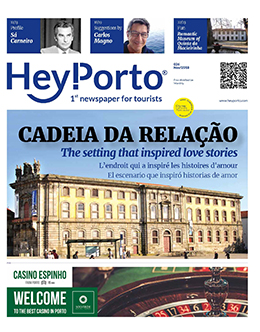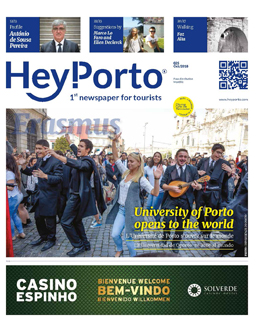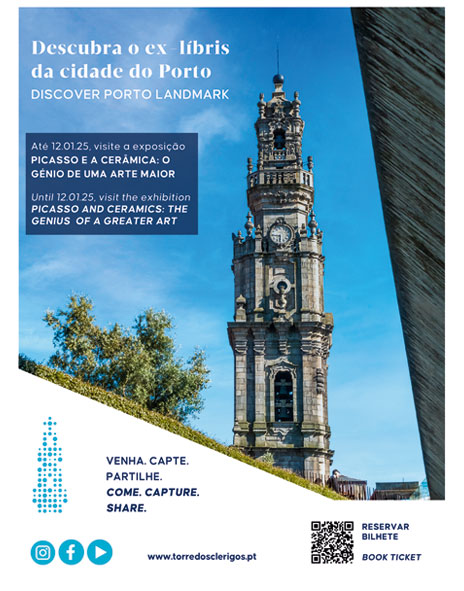Built on the escarpment down to the Douro, in a place called “Boa Vista”, stands one of the most significant religious buildings in the historic center of Porto. The Igreja de S. João Novo was built in the middle of the 16th century and displays great artistic and architectural similarities with the Church of S. Lourenço.
The building, with a Latin cross plan, was built just above the former hermitage of S. João Belmonte. The building also took advantage of the wall that anchored the construction of the church and its monastery. Outside, it is possible to observe parts of the wall and follow its path. Inside the church, there are several carved altars, from the Baroque period (17th century) and tiles from the same period.
In the main altar, enriched with altarpiece, dating from the period between 1757 and 1766, is a moving screen reserved for the theme of the Vision of St. Augustine. The work is attributed to João Glama Stroberle, painter of German origin, who was born in Lisbon in 1708. In the same high altar it is also possible to observe a mausoleum that captures the attention of anyone due to its magnificent decoration – the author of the work is unknown.
The Alto Coro of the church consists of a single-row chair and on the side of the Gospel there is a pipe organ. Also noteworthy are the tiles alluding to the life of Santa Rita de Cássia, by Bartolomeu Antunes, located on the side altar of Santa Rita, the image of Santo Ovídeo and the image of Our Lady of Guia, by Manuel Miranda, located collateral to the altar. Also of great interest is the altar of Senhor dos Passos, located on the right side; the image of the invocation of Jesus Christ is of great dimensions and presents features, deeply, realistic. It is probably the image that stands in this lateral altar that was brought out for the traditional Senhor dos Passos procession.
In front of the church we can find the Palácio S. João Novo, built at the end of the XVIII century, in Baroque style and that many attribute to Nicolau Nasoni.
Although it is closed more than a decade ago, the Palace served as a hospital during the Siège of Porto, in the Liberal Wars, and later as a Museum of Ethnography.
In addition to the similarities with the church of the former Jesuit College of S. Lourenço, the Church of S. João Novo also reveals the influence of the Igreja dos Grilos, due to the composition of the facade and the interior design.
The building is suitable for people with physical limitations and although it is closed on Sundays, it is possible to visit the Church of S. João Novo from Monday to Saturday, free of charge.
This year, the Church of S. João Novo is one of the spaces in the city of Porto that integrates the programming of In Spiritum – the festival proposes the discovery of the historical heritage through music.








Comments are closed here.